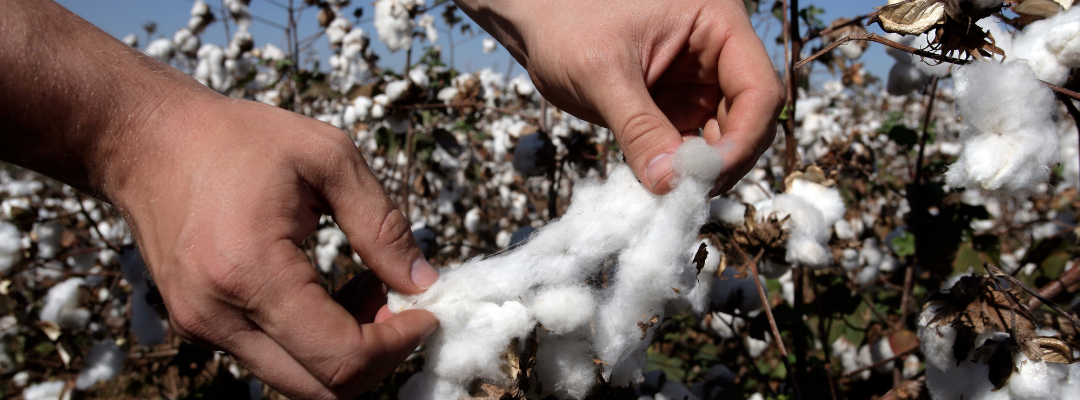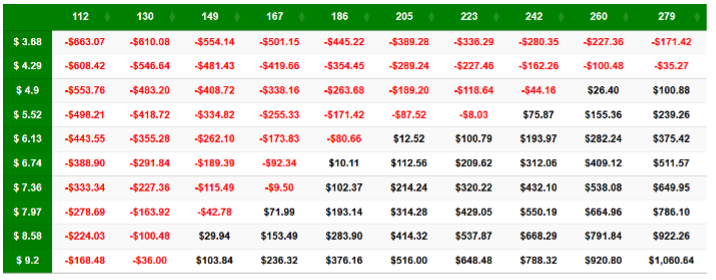USDA released the latest World Agricultural Supply and Demand Estimates (WASDE) report on March 11, 2025. The most significant item presented was a clarifying “note” at the beginning of the report that is important for users of USDA WASDE estimates to understand.
“The WASDE report only considers trade policies that are in effect at the time of publication. Further, unless a formal end date is specified, the report also assumes that these policies remain in place.”
In other words, the effects of tariffs that are to be implemented in the future, even if already announced, are not included in the report estimates. This includes the Canada and Mexico tariffs that have been suspended until April 2. Alternatively, retaliatory tariffs from Canada, along with U.S. tariffs on China and China’s retaliatory tariffs are all currently in effect and are reflected in the current WASDE estimates as if they will continue indefinitely into the future. Users of these estimates need to consider this factor in their interpretation.
The effects of trade policy on markets are particularly important given the large percentage of exports that are reflected in crops contained in the WASDE report. Table 1 shows the March 2025 WASDE estimates of supply, use, stocks, and prices of four major row crops produced throughout the southern region. Total exports are reported, along with calculated exports as a percentage of total use. Corn has the smallest estimated exports as a percentage of total use at 16%, followed by wheat and soybeans at 42% and cotton at 87%. Thus, when and if tariffs are implemented, the USDA estimates have the potential to change with the inclusion of trade impacts in the WASDE report.
Beyond this note, there was very little movement in current estimates. The average price of wheat at $5.50 per bushel is 5 cents lower than a month ago, continuing a downward trend. Ending stocks of wheat increased to 819 million bushels. For U.S. corn, the USDA is projecting no change in ending stocks from the prior month, staying at 1,540 million bushels and maintaining a $4.35 per bushel marketing year average price for 2024/25. Soybeans were also stable at the prior month’s estimates; however, the USDA revised the marketing year average price down 15 cents to $9.95 per bushel. Meanwhile, the balance sheet for cotton remained unchanged from last month, while the marketing year average price was adjusted down a half cent to 63 cents per pound. The next potential market mover from the USDA comes at the end of the month with the release of the Prospective Plantings report.
Table 1. 2024/25 Wheat, Corn, Soybean, and Cotton Supply, Use, Stocks, and Price Estimates, March 2025 WASDE
| Wheat | Corn | Soybean | Cotton | |
| Production and Supply | ||||
| Planted (Million Acres) | 46.1 | 90.6 | 87.1 | 11.18 |
| Harvested (Million Acres) | 38.5 | 82.9 | 86.1 | 8.27 |
| Yield (Bushels/Pounds) | 51.2 | 179.3 | 50.7 | 836 |
| Production (Million Bushels/Bales) | 1,971 | 14,867 | 4,366 | 14.41 |
| Total Supply (Million Bushels/Bales) | 2,808 | 16,655 | 4,729 | 17.57 |
| US Exports and Use | ||||
| Exports (Million Bushels/Bales) | 835 | 2,450 | 1,825 | 11.00 |
| Total Use (Million Bushels/Bales) | 1,989 | 15,115 | 4,349 | 12.70 |
| Exports % of Total Use | 42% | 16% | 42% | 87% |
| Stocks and Price | ||||
| U.S. Ending Stocks (Million Bushels/Bales) | 819 | 1,540 | 380 | 4.9 |
| U.S. Stocks/Use | 41% | 10% | 9% | 39% |
| U.S. Avg. Farm Price ($/Bushel or Pound) | $5.50 | $4.35 | $9.95 | $0.63 |
Data Source: USDA March 2025 WASDE
Rabinowitz, Adam. “March WASDE Estimates and Note on Inclusion of Trade Policy.” Southern Ag Today 5(11.3). March 12, 2025. Permalink







